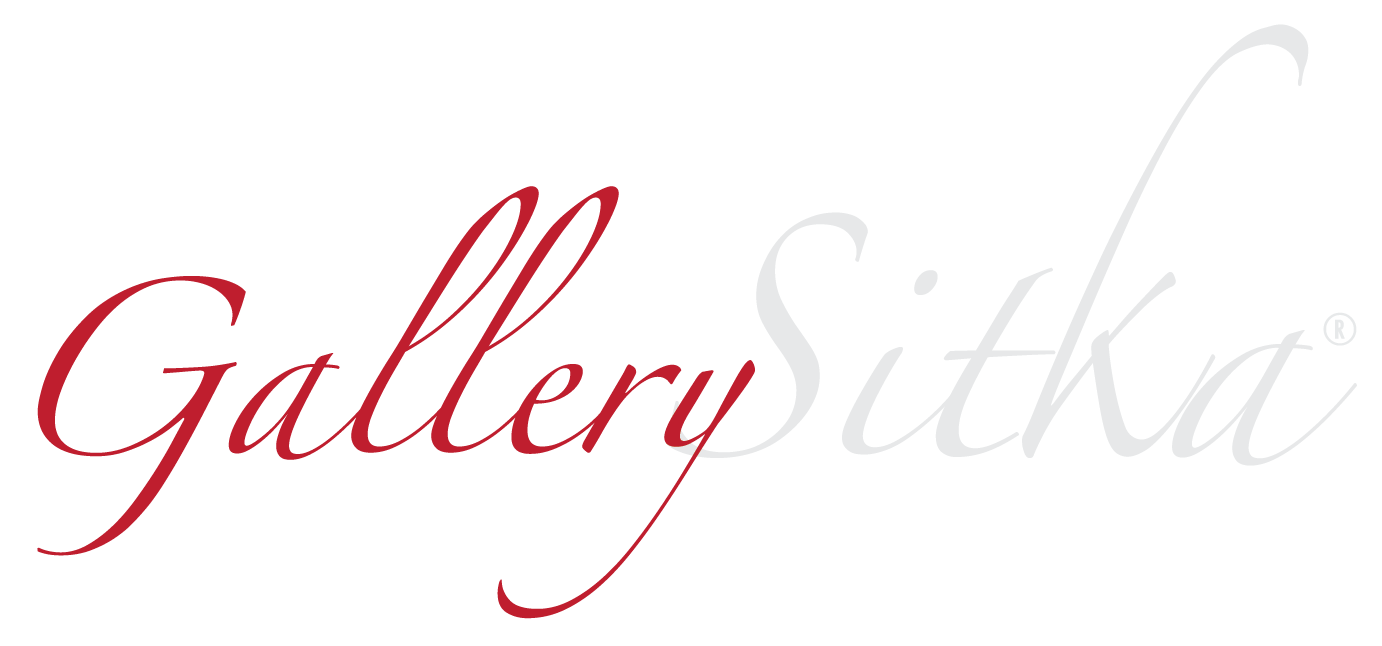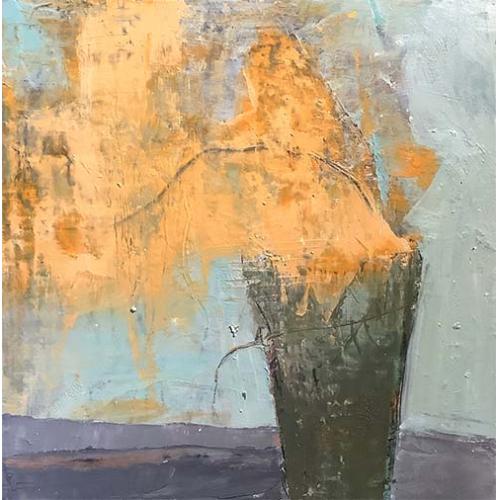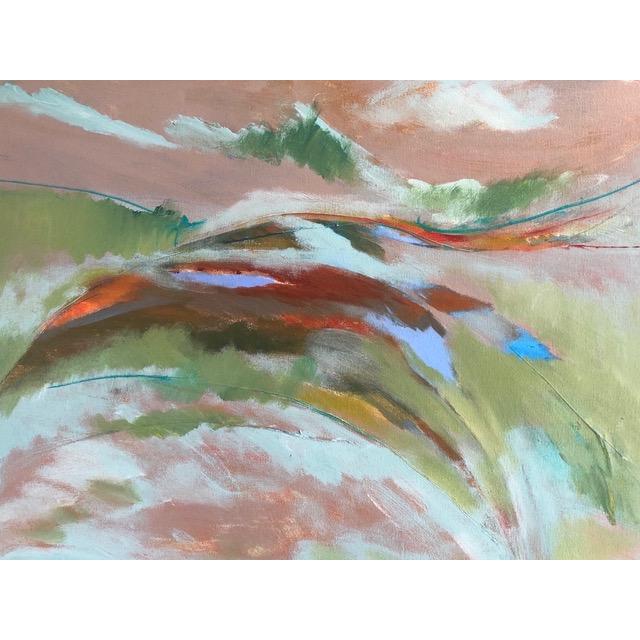FOR IMMEDIATE RELEASE
January 7, 2018
Contact: Tamar Russell Brown — 978.425.6290
Comics Are Art!—The Community Comes Together at Gallery Sitka
to Celebrate Great American Art
FITCHBURG, Mass. — Long before Roy Lichtenstein ever painted the glamorous young women he found in the Sunday funny papers or before Andy Warhol made paintings and lithographs out of the labels of Campbell’s soup cans, versatile illustrators were creating great art on newsprint and on pulp paper for pulp fiction. Gallery Sitka in Fitchburg will present artists in a community show of great American popular art by more than a dozen talented painters, sculptors and graphic artists.
Curating much of the work for the show is Jerry Beck, an artist in his own right and the creator of the Revolving Museum. As Founder and Artistic Director of what he calls “the ever-evolving” museum, Mr. Beck has worked with many communities to create “green art” (environmentally safe artwork), art-wear, video art, and other innovative kinds of expression.
Mr. Beck has a clear vision of the inspiration behind this show. “With the revolution of the medium in American popular culture, artists are being inspired by how comic-style impacts such dualities as the sacred and profane, the humorous and serious, the personal and political,” he explains. “This group art exhibition represents artists, youth, and the community — people who have used visual art as a means to expand the graphic and storytelling power of comic books.”
Artists showing at this event who are associated with the Revolving Museum are J. James Forsythe, Jerry Beck (both curating and exhibiting), Helen Obermeyer-Simmons and Steven Chabot.
Founder of Gallery Sitka Tamar Russell Brown is bringing talented people together not only to show art, but to bring the community around Fitchburg together. “At Gallery Sitka, community shows — especially like our upcoming comics show — are very important to us,” she says. “They engage the younger population and aspiring artists near the gallery. They also provide a platform for works of art that some people might not necessarily consider art, but which many other people appreciate and love outside of the traditional fine arts world. The comics show will showcase some lifelong professional artists as well as some young, local, up-and-coming talents.”
Artists in this show who regularly work with Gallery Sitka are Ekaterina Abramova, Jen Hemenway, Andre Mills, David L. Smith and Jonathan Route.
Other artists participating in this exhibit are Sarah Benson, Eduardo Cabello, David Leblanc, Christa-Belle Marlie, Matt Vaillette, Ruth Vega and Wren Curewitz. Artist PJ Bergin, based in Colorado, is also participating.
Steven Chabot is a folk artist who creates memorable comic book art in paints as well as sculpture from wood. Classical American illustrators such as Norman Rockwell and N.C. Wyeth seem to live on in Mr. Chabot’s painting. His wood sculptures are meticulously carved pieces of found wood, raising images in high relief and then painted with watercolors.
Mr. Chabot re-imagines several characters in his comic book cover paintings. One of Batman’s (and Batgirl’s) most formidable enemies is Poison Ivy, the mad scientist (a botanist, of course) turned eco-terrorist and irresistible temptress. In Mr. Chabot’s rendition, she seems even more exotic and dangerous that the images of her in the original DC comic. She’s all green — all leaves and vines — from the neckline down, cream-white above, and topped off with a luxuriant head of hair of an impossibly bright shade of red. (We might call the color the artist has created “electric” red.) Poor Batgirl is overcome by the villainess’ herbal toxins and tied up in cords of dark green. She fades away into her uniform’s black and grey tones, and almost seems to disappear next to Poison Ivy’s shocking green and red. In a sense, Mr. Chabot has outdone other artists rendering this character and perhaps made Poison Ivy more powerful than her creators ever intended her to be.
Jerry Beck’s “Cowboy Boot” series is inspired by the art of graphic novels and comic books. Beck tries to reach the viewer in ways that “history and spirituality merge in a playful but provocative social commentary.” The cowboy boot does dominate the image of the pictures in this series. One notable example has two figures — they may be lovers — seated on a gigantic cowboy boot perhaps three or four times their size. The disjunction in scale does not end there. The lady “wears” on her head another figure who looks for all the world like a gunfighter from “Once Upon a Time in the West.”
J. James Forsythe is a technical virtuoso whose canvases weave together politics, cartoon characters, and persons with secret identities. His “Once Bitten, Twice Shy” features figures familiar and strange. The viewer recognizes Sleepy (of “Seven Dwarfs” fame) and a cat who may be a close relative of Tom (the cat who’s always chasing Jerry and never catching him). But who the cowboys spoiling for a gunfight may be is anybody’s guess. Another vibrant painting blends explosively bright colors with drawings of a ’50s-style dad lecturing his little ones and an immense TV screen sporting enormous apple (or are they cherry?) pies.
Helen Obermeyer-Simmons explores the comic strip narrative in order to tell stories about the important men in her life. She employs alternative photographic processes to powerful effect.
Andre Mills is a portraitist and cartoonist based in Westford, Mass., where he operates his own firm, AKM Graphics. He does most of his work today in digital format. One good example of this is a digital rendition of a skateboarder leaping, completely upside down, his feet on the skateboard the highest part of him. Another picture takes the long view, so to say, of this same theme, by imagining a skateboarder leaping a couple hundred feet or more into the sky against the backdrop of a gigantic moon. Both the moon and the skateboarder’s altitude are completely fictional, of course. But this kind of approach is the essence of the art of the comics: both artist and viewer get to throw reality to the winds and see a world much bigger, more impressive, and in many ways much more fun than the humdrum, day-to-day world most of us live in.
Jen Hemenway has been doing comics of her own since establishing a magazine — or what people used to call a “zine.” Her paintings are stark and provocative, and consist mainly of fascinating faces. Some of her images are downright nightmarish. For example, in one, something like a title card, or legend, appears in the painting. The words are just as conspicuous as the image, the head and hands of one of the artist’s unnamed characters. The phrase in large block letters reads: “Art becomes the poetry you cannot speak.” The face is a stark and frightening one. He has large X’s in his eyes, which everyone will recognize as the universal comics shorthand for death. He also has his mouth sewn shut with stitches. This is appropriate, seeing as how the legend tells us that art is sometimes a message “you cannot speak.” The character quite literally cannot speak, much though he might want to. His torment seems even more severe when we see his hands on either side of his head, as if he’s about to bury his face in his hands. Yet for all this portrayal of agony, the message here is rather optimistic. After all, the legend states that visual art can communicate many things that words cannot. The picture that’s worth a thousand words gives the artist a way out, a means of expression that simply can’t be reduced to the superficial logic of spoken or written language.
Eyes also figure prominently in another painting. Here the green eyes of a beautiful woman appear to be cut out and pasted on to a face that is barely recognizable as a face. In fact, the face seems more like that of a bull, strangely in a glorious yellow rather than black. This jarring image is accompanied by a “cartoon” heart which seems to be radiating heat, and within which is another eye, this one perhaps that of a house cat or a lion. The overall effect is to blur the lines between human and “animal,” between intriguingly exotic and just plain scary.
PJ Bergin is an artist well-known for her work in a Korean technique called Joomchi, which employs mulberry (Hanji) paper, as well as beeswax (encaustic) and acrylic used to fortify and seal the surface for long-term stability. It is a form of sculpture that creates surprising surfaces and textures.
Her submission to the show is a collage on Hanji paper displaying raspberry, cobalt, rich yellow and other colors, with single panels of comic strips interspersed. She also uses snippets of Asian calligraphy in her Joomchi pieces. Her working method is based more on instinct than on preconceived notions. “I trust in the discovery process and follow a kind of sensory intuition, letting my hands and eyes guide me, uninhibited by conscious thought,” Ms. Bergin explains.
This event will take place at Gallery Sitka, 454 Main Street, Fitchburg, Mass., on Saturday, Jan. 13, 2 – 4 p.m. Visit the therevolvingmuseum.org and gallerysitka.com to learn more about the work of these remarkable artists.
# # #


